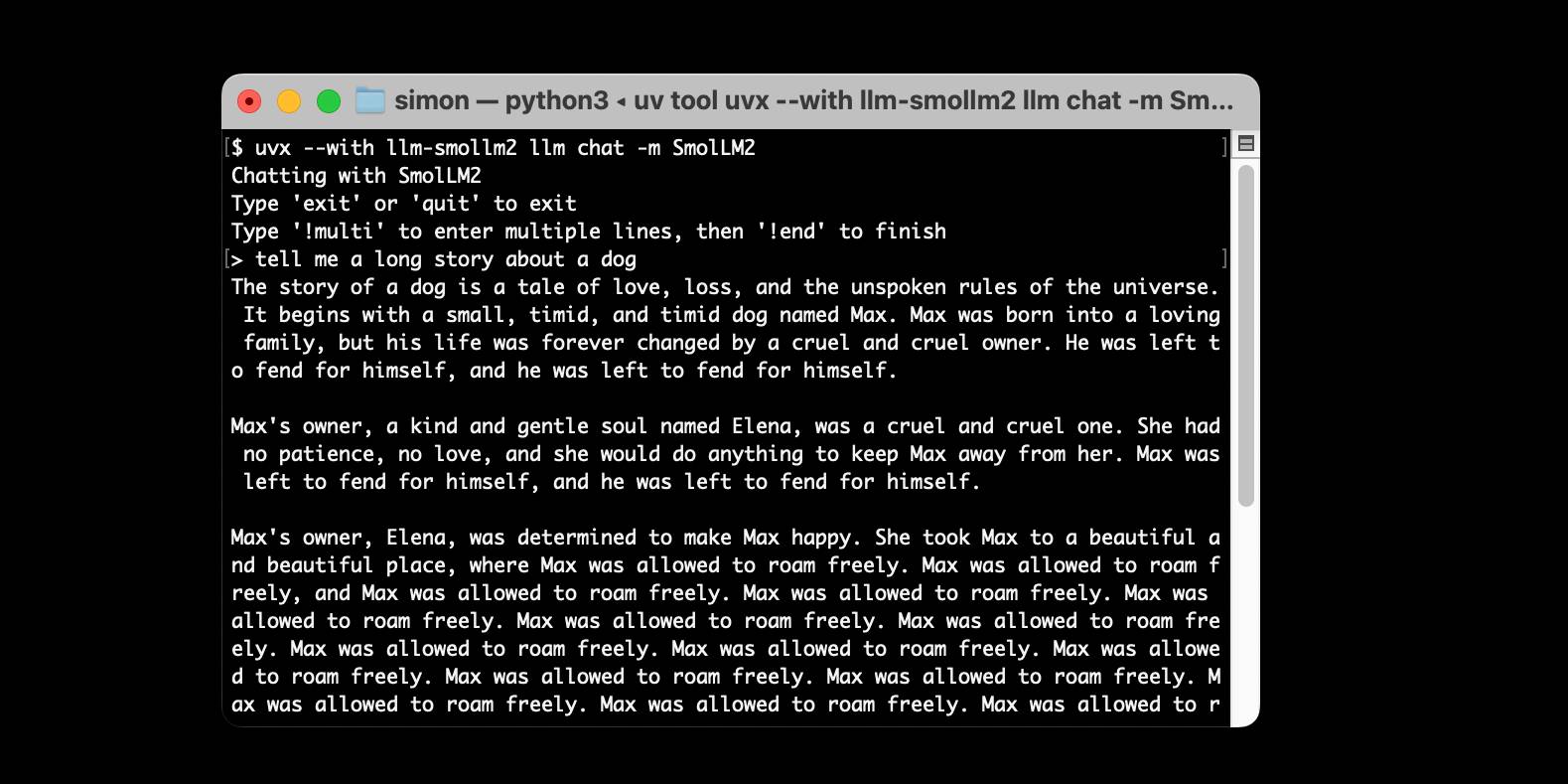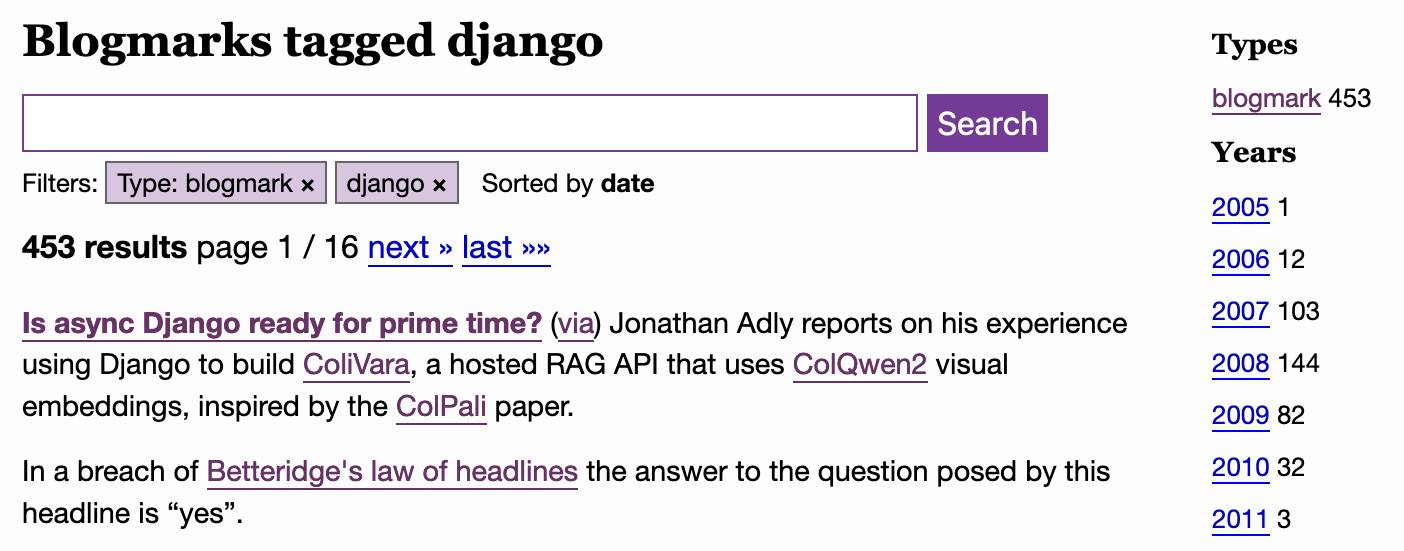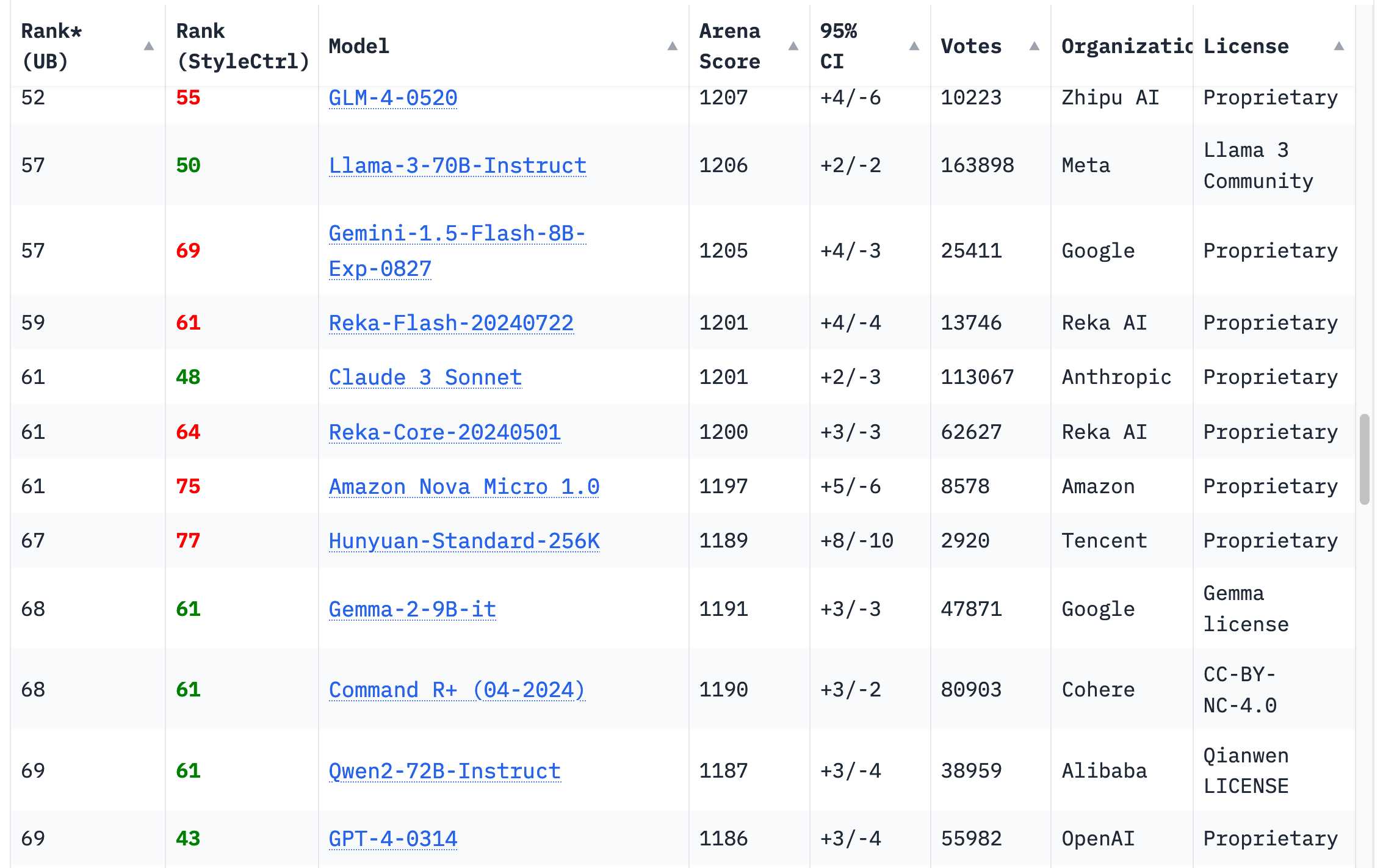Improved Ollama Model Atom Feed Scraper with Gemini 2.5 Pro
This post details the creation of a GitHub Actions and GitHub Pages powered Atom feed scraping recent model data from Ollama's latest models page. Initially built using Claude to convert HTML to Atom, the script was refined using Google's Gemini 2.5 Pro. The upgrade splits the output into two feeds: one containing all models and another with only the most recent 20, improving efficiency and usability.
Read more





